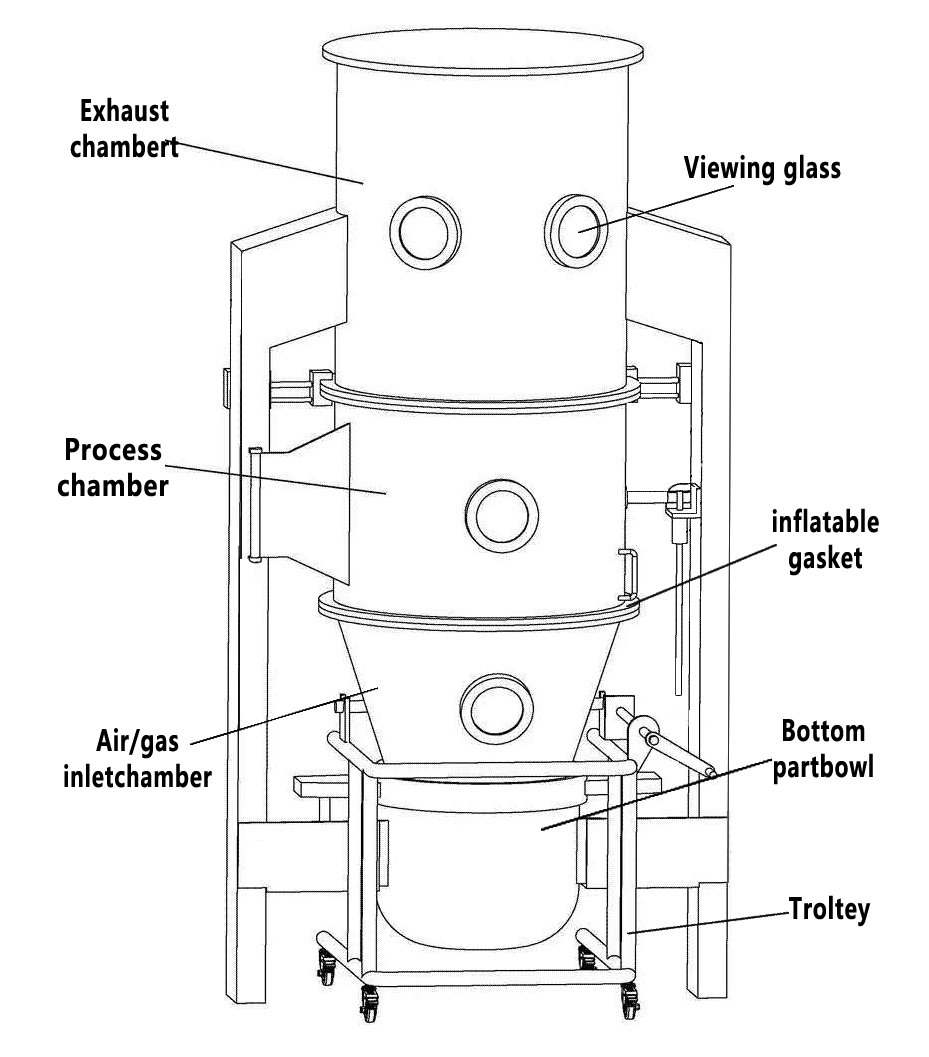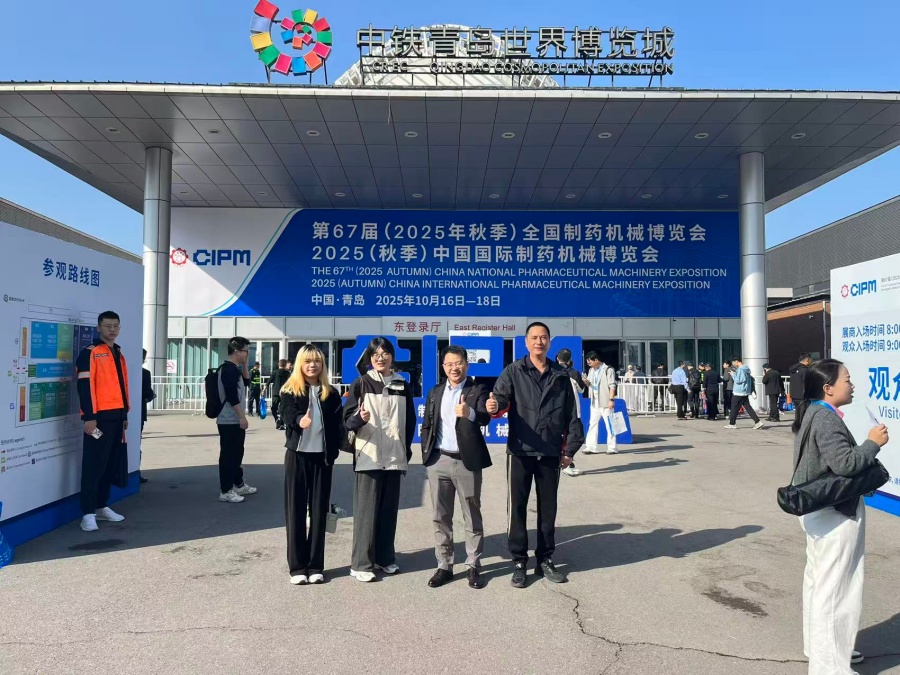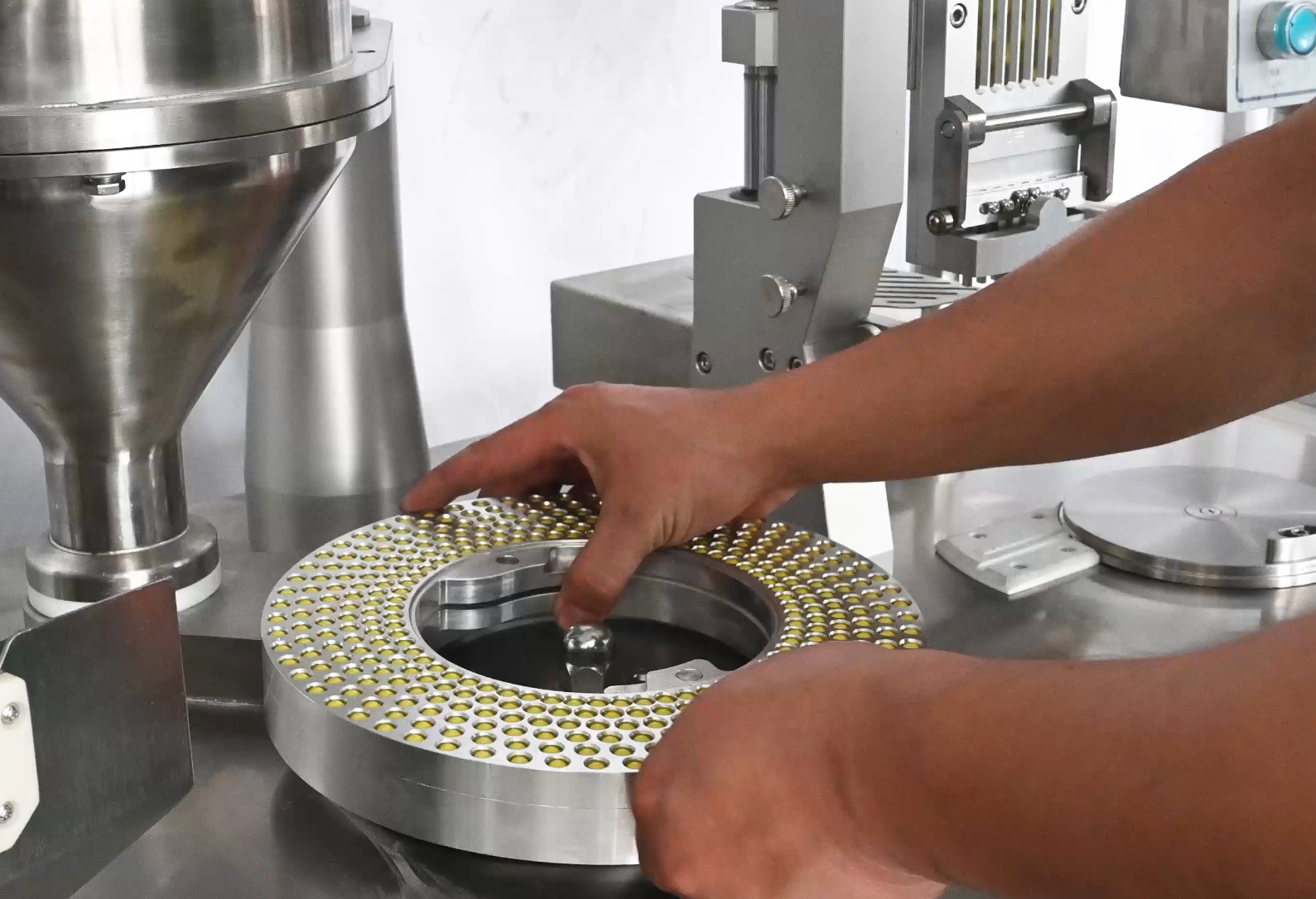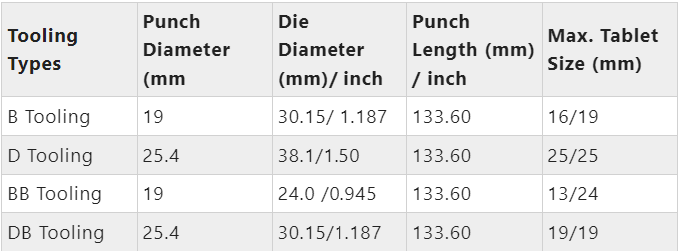If you’re wondering how medicines make it safely from the manufacturing site to your hands without being swapped, the answer lies in pharmaceutical serialization track and trace. According to the World Health Organization, 1 in 10 medical products in developing countries are substandard or counterfeit medications.

With these indispensable systems, counterfeit drugs remain out of the market, and regulations are fully met. In this blog, we’ll explain what serialization and track and trace mean and why they’re non-negotiable to adopt for healthcare providers. Let’s begin.
What is Serialization in the Pharmaceutical Industry?
As the name suggests, serialization in the pharmaceutical industry refers to giving each medicine’s package a unique code to track through each stage of the supply chain. In simple terms, it reveals the product’s critical information like its origin, validity, batch number, and even the specific production line.
Depending on the country’s rules, the unique serial or ID number might be in the form of a QR code or a DataMatrix code, which is printed on the package. These assigned codes are connected, i.e., the code on a single drug links to the package it came in, which links to the carton it was brought in.
This way, you can track a medicine right from the manufacturing plant, through distributors, all the way to your local pharmacy. While the exact requirements differ country-wise, here’s what you’ll generally need for pharmaceutical serialization track and trace:
- Global Trade Item Number (GTIN).
- Global Location Number (GLN).
- Batch/Lot Number.
- Product’s Validity or Expiration Date.
Track and Trace: An Overview
In the pharmaceutical industry, the Track and Trace system keeps a record of the drug’s journey, i.e., its present and past locations. Generally, it’s meant to track a medicine from the moment it’s made till it reaches the target consumer (even if it’s returned or recalled).
When implemented correctly, this technology enables manufacturers, distributors, and pharmacies to track the drug’s location at any given time. Plus, it helps healthcare providers to instantly confirm if a drug is genuine. This makes it nearly impossible for counterfeit medicines to disrupt the system or enter the supply chain. Since 15% of all drugs sold are fake, this system has become a must-have in every part of the world.
How Healthcare Facilities Implement Track and Trace
By now, it’s clear that tracking the medication and securing its critical drug information lies at the heart of each healthcare facility. However, you might still wonder how the process actually works. To make it simpler, we’ve broken down how the system works for different healthcare settings:
In Pharmacies
In pharmacies, track and trace is the internal safety check that ensures the medicine received is genuine. When the delivery arrives, the staff scans the ID to confirm its legitimacy, date, and compliance. In turn, it makes the pharmacy’s inventory management much easier, and lets them process recalls in half the time than before.
In Hospitals
For hospitals, the track and trace system is highly critical, helping them track medications faster and restock as soon as a drug runs short. It provides visibility of the medicine across different locations, including warehouses, wards, and internal pharmacies. The best part? When connected to electronic records, this system ensures every patient gets the right treatment.
Challenges in Pharmaceutical Serialization Track and Trace
Although the benefits of pharmaceutical serialization track and trace are incredible, the system comes with its fair share of challenges. Global medicine supply chains are complex, and the bumps across this system aren’t surprising. Here’s a list of the most common challenges you need to get through:
Technical Integration
One of the most obvious challenges in pharmaceutical track and trace is that it requires tools like serialization, secure databases, and connectivity. Getting these systems to work together isn’t easy, especially when healthcare facilities still rely on older equipment. While upgrading is an option, it’s often too costly and comes with multiple complexities.
Complex Global Supply Chains
Another major hurdle for pharmacies for Track and Trace is an endless loop of regulations, depending on where they are in the world. For instance, the European Union has the Falsified Medicines Directive (FMD), while the US has to comply with the Drug Supply Chain Security Act (DSCSA). This makes it especially hard for manufacturers who supply globally.
Ongoing Costs Involved
Quite obviously, pharmaceutical tracking systems create large amounts of data. But the real problem comes with storing the data, which requires strong databases and strict management. This means that facilities need to invest in equipment, staff, software, and ongoing maintenance. All these costs might add up to hefty amounts, which makes it impractical in the long run.
Privacy Concerns
In addition to keeping the supply chain secure, pharmaceuticals must protect data from people, too. This raises a multitude of privacy concerns, since keeping patient information safe is an integral part of any healthcare facility. The strong encryption methods required make it hard for them to adopt these pharmaceutical serialization track and trace systems.
FAQs
What factors contribute to counterfeit drugs and medications?
Most commonly, factors such as high medicine prices, weak regulations, and poor use of technology make fake drugs more prevalent in the market. Worse yet, counterfeiters create convincing packaging that makes it hard to differentiate between real and fake drugs.
What is the difference between pharmaceutical serialization and track and trace?
Pharmaceutical serialization generally means assigning every medicine a unique ID or code. Track and trace technology then takes the process ahead, and follows the drug’s journey through the supply chain.
Is Pharmaceutical serialization track and trace required for over-the-counter (OTC) medicines?
Yes, many countries implement pharmaceutical serialization track and trace technology for OTC medicines too. This is done to ensure falsified medicines remain out of the supply chain, including OTC.
Conclusion
When implemented right, pharmaceutical serialization track and trace systems are the ultimate saviors for the industry. They help stop falsified medication in its tracks, protect patients, and keep the supply chain transparent. While the system is not without its challenges, it’s the secret to standing out in the market!




